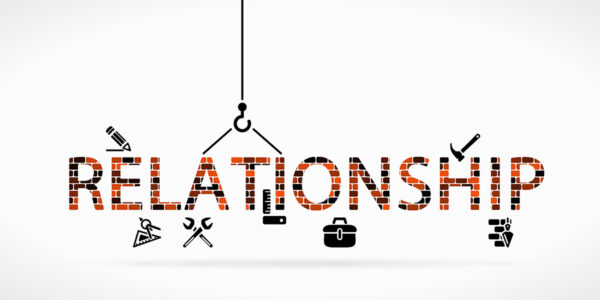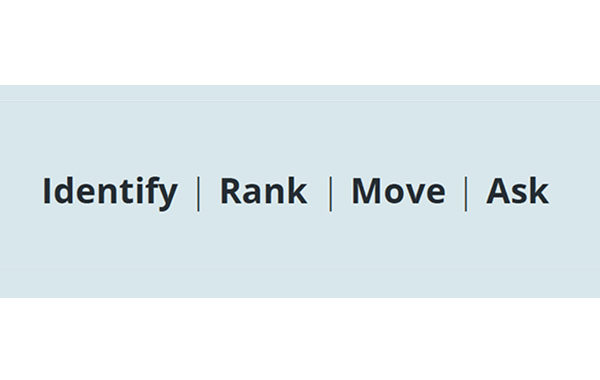Our previous post was about what to do to raise money during the Noisy Spring of a presidential election year.
Today let’s talk about how you can make it through The Summer Slump (July – August).
And remember – if you make this year’s fundraising plan based on what’s worked best in previous presidential election years, this COULD be one of your best fundraising years since the pandemic.
The Summer Slump
So… you already know that fundraising tends to slow a bit during the summer months.
But that slowdown will in all likelihood be larger this year because of the intensity of election coverage.
Donors of will see-saw back and forth between being captivated by the news… and tuning it all out.
The most important thing you can do during these summer months is stay in touch with your donors. Resist the temptation to “go dark” and not communicate with them.
Here’s your action plan for mitigating The Summer Slump:
- Maintain regular communications with your donors through the summer. Be top of mind for them. Unless your organization has a history of successful fundraising in July, we recommend sharing good news (success stories!) with your donors during this month – newsletters, e-stories, impact reports. For major donors, deliver these stories in face-to-face meetings.
- Share memorable and fun experiences with your donors. Your donors are doing the same things you are during the summer – having BBQs, enjoying the outdoors, spending time with people they care about. So leverage the season and host fun gatherings for donors. Host a community BBQ to say thanks to your donors or volunteers. Play golf with your top donor or go to a baseball game with them.
- Plan a fundraising campaign for the end of August. If your organization does anything in or around schools, send a back-to-school appeal or e-appeal. There will be a brief window toward the end of summer where your donor’s attention is not on politics but on getting back into the swing of things for the fall. This is a great opportunity to be in front of them to raise money for the work of your organization this fall.
- Use the quieter summer months to plan and prepare your year-end fundraising campaign. Secure your matching funds now. Write your year-end appeals now. Don’t forget: the political campaigns will take up YOUR attention as well. So use this time to plan and create: plan your approach for each major donor and schedule your end-of-year meetings with them for right after the election, and create the fundraising materials you’ll need for the end-of-the-year dash.
Summer is a great time to share some fun and positive moments with your donors. Don’t forget to take a breath yourself and do some preparation for the next phase… The Election Storm.
Read this series of blog posts:
- The Noisy Spring
- The Summer Slump (this post)
- The Election Storm
- The Year-End Rally
- …and view our video with related white paper download!






